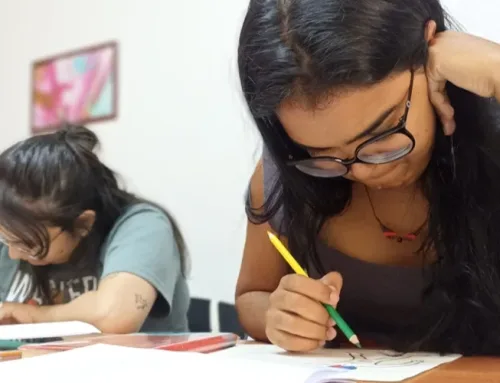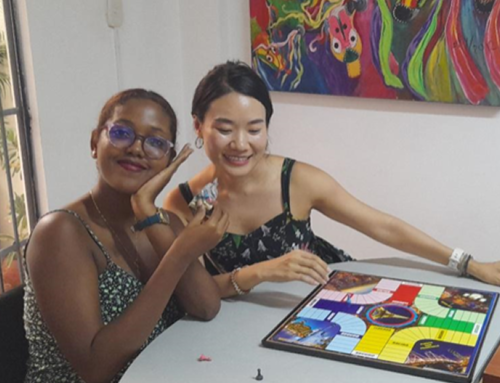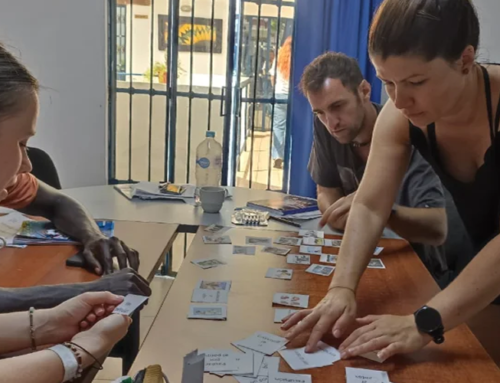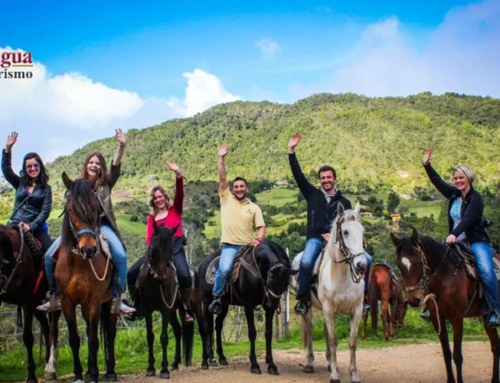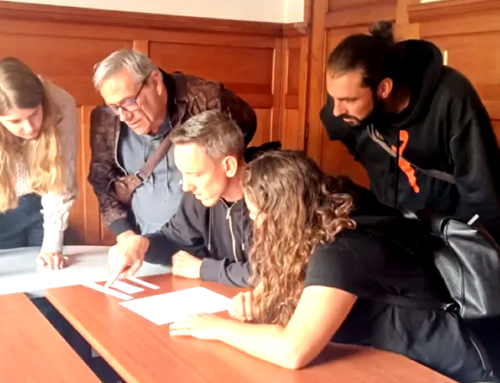Culture in teaching Spanish as a foreign language (ELE) is vital to understand and communicate effectively. It involves immersion in customs, values, traditions and idiomatic expressions of Spanish-speaking countries.
By integrating culture into their Spanish studies, students gain deeper perspectives, improve fluency, and intercultural sensitivity. Music, gastronomy, literature and festivities are enriching tools. ELE classes encourage open-mindedness and emotional connection with the language, creating competent and empathetic communicators.
The inclusion of the aforementioned cultural elements in Spanish classrooms plays a fundamental role in teaching and learning the language. It is not simply about transmitting grammatical rules and vocabulary, but about immersing students in the cultural richness of Spanish-speaking countries. Through this cultural immersion, students acquire language skills while developing a deeper understanding of the traditions, customs, and values of diverse Hispanic communities around the world.
In Spanish classrooms, educators have the opportunity to incorporate a wide range of cultural activities that enrich the learning experience. These activities may include exploring the music, literature, film, and visual arts of countries such as Spain, Mexico, Argentina, Colombia, and many more.
Through music, students can become familiar with different genres such as salsa, flamenco, tango and reggaeton, which not only improves their listening comprehension, but also allows them to connect emotionally with the artistic expressions of the culture.
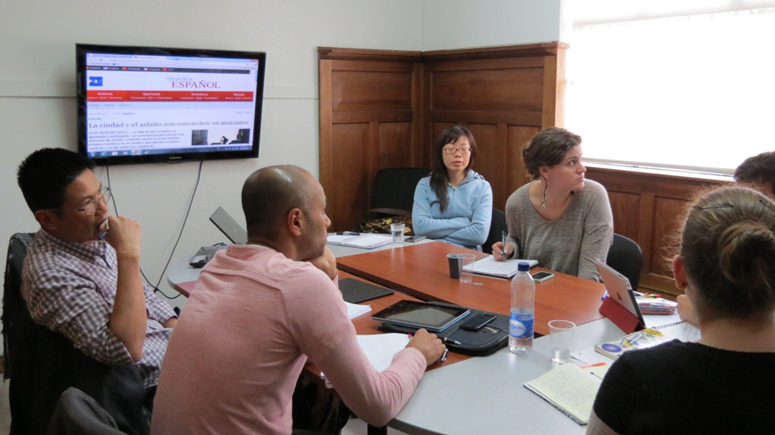
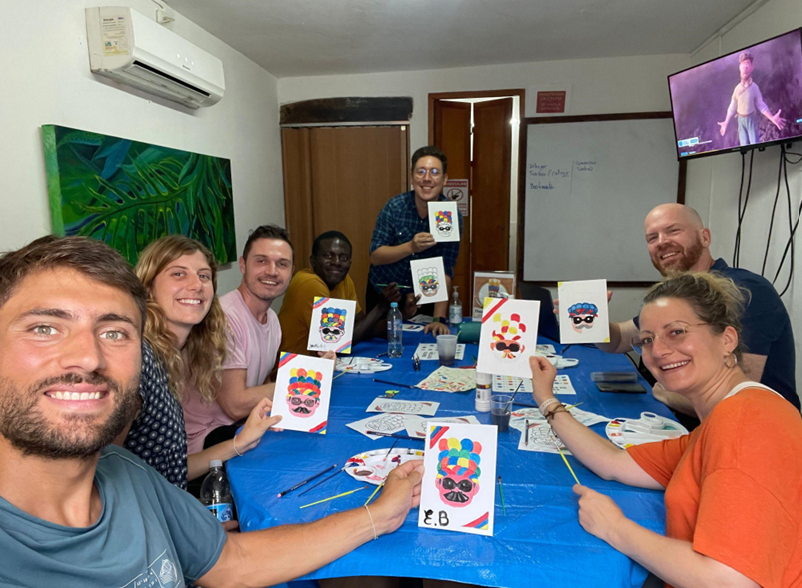
Literature plays a crucial role in teaching Spanish. Students can read works by iconic authors such as Gabriel García Márquez, Julio Cortázar, Isabel Allende and Federico García Lorca. These readings provide exposure to diverse literary styles and offer a window into the history and sociocultural perspectives of different times and places. Through literature, students can analyze and reflect on universal themes such as love, identity, justice and society, but also complex issues such as those that have developed throughout the modern history of Latin America.
Latin American cinema is also a valuable tool for exploring culture in the classroom. The films allow students to visualize the landscapes, architecture and daily lives of different Spanish-speaking regions. Additionally, films offer a space for critical analysis of relevant social and political issues, as well as for the appreciation of cinematography and narrative.
For their part, the visual arts, from painting to sculpture and photography, can be integrated into the teaching of Spanish as pictorial support for class discussions and topics developed during communication sessions. Students can study works by artists such as the iconic Colombian painter Fernando Botero, the muralist Diego Velázquez, the unmistakable Frida Kahlo, or the enigmatic but charming Salvador Dalí, exploring the cultural influences and symbolic messages present in his creations. The above is aimed at promoting artistic interpretation and the ability to express emotions and opinions in Spanish.
There is no doubt, then, that culture, in all its manifestations, must play an integral role in Spanish classrooms. By incorporating music, literature, film, visual arts, and cultural traditions, educators can provide students with a complete and authentic Spanish language education. This cultural immersion not only enriches language skills, but also fosters openness to diversity, intercultural empathy and global understanding, preparing students to interact and participate in an increasingly interconnected and multicultural world.
In Spanish school Nueva Lengua We organize our classes around a new teaching method in which grammatical knowledge, essential for learning any language, is integrated with recreational and interactive activities through which students put Spanish into practice in situations of social interaction. real.
the spanish school Nueva Lengua is located in Colombia, with offices in some of the country's main cities: Bogotá, Cartagena, Medellín and Ibagué. We offer weekly Spanish courses, starting every Monday of the year, and levels ranging from beginner to advanced C1 and C2.
Check the tourist activities that we organize daily for our students, or write to us through our social networks like @nuevalengua for more information about our Spanish courses and cultural immersion in Colombia.
All the articles in this blog have been written by the teachers of our school and by students from different countries who traveled to Colombia to learn Spanish.
“You travel too and study Spanish in NUEVA LENGUA"
Follow us on our social networks:
RELATED VIDEOS
MEDELLÍN - GUADUAS

